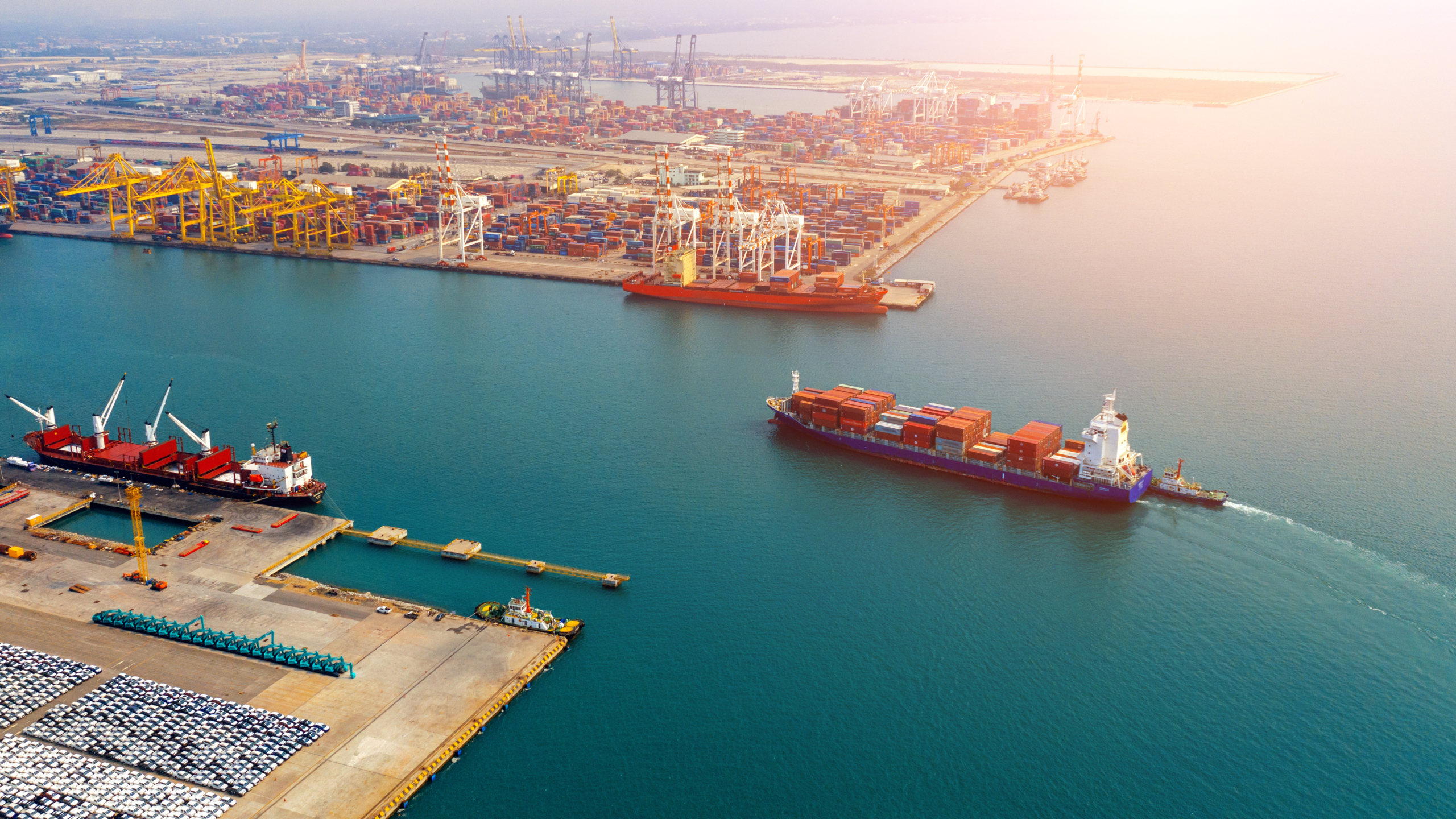E-navigation is a term that refers to a group of technologies and systems that are intended to aid in the safe and efficient navigation of ships and other vessels. The goal e-navigation maritime solutions is to enhance situational awareness, reduce human error, and improve the safety of maritime operations. In this article, we will look at some of the most important e-navigation solutions available today.

One of the essential e-navigation maritime solutions is electronic chart display and information systems (ECDIS). ECDIS is a computer-based navigation system that provides real-time information about a vessel's position and the surrounding environment. This information is displayed on an electronic chart that is updated in real-time with data from sensors on the vessel and from other sources, such as weather forecasts and maritime traffic information.
Another important e-navigation solution is an automatic identification system (AIS). AIS is a transponder system that is used to identify and track vessels real-time. AIS can also be used by vessels to avoid collisions and to communicate with other vessels.
Global Navigation Satellite Systems (GNSS) is another important e-navigation solution. GNSS systems such as GPS and GLONASS provide accurate positioning information that is used by vessels to navigate and monitor their location in real time. GNSS is used in conjunction with other e-navigation systems such as ECDIS and AIS to provide a complete picture of a vessel's position and the surrounding environment.
Electronic Navigation Charts (ENCs) are digital charts used for navigation on ships and other marine vessels. They are an important part of e-navigation, the collection of technologies and systems designed to support the safe and efficient navigation of vessels. ENC is an electronic version of the traditional paper nautical chart, providing much more functionality and real-time updates.
In addition to these core e-navigation solutions, there are a number of other technologies that are being developed to improve safety and efficiency in the maritime industry. For example, virtual aids to navigation (VAtoN) is a system that uses virtual buoys and beacons to supplement or replace physical aids to navigation such as lighthouses and buoys. VAtoN can be used to improve safety in areas where physical aids to navigation are unreliable or difficult to maintain.
Another emerging e-navigation technology is maritime unmanned surface vehicles (USVs). USVs are autonomous or remotely controlled vessels that can be used for a variety of tasks including hydrographic surveying, environmental monitoring, and search and rescue operations. USVs can be equipped with a range of sensors and systems that enable them to operate safely and effectively in a variety of environments.
The development of e-navigation solutions has been driven by a number of factors, including the increasing size and complexity of vessels, the growing volume of maritime traffic, and the need to improve safety and efficiency in the maritime industry. E-navigation solutions have the potential to transform the way that ships and other vessels navigate and operate, leading to safer and more efficient maritime operations.
However, there are also challenges associated with the implementation of e-navigation solutions. One of the biggest challenges is ensuring that the various systems and technologies are interoperable and can work together seamlessly. This requires coordination and collaboration between maritime stakeholders, including vessel operators, technology providers, and regulatory authorities.




Comments